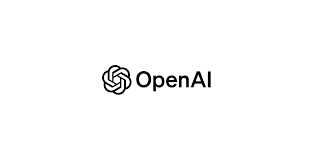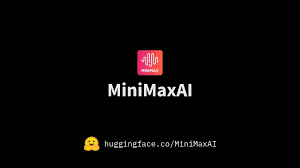Reasoning and Real-Time: OpenAI's 'o3' and 'o4-mini' Models Signal a New Frontier in AI Capabilities
Editor
Jun 21, 2025
min read
6 views

In a move poised to reshape the landscape of artificial intelligence, OpenAI has unveiled its next generation of models: 'o3' and 'o4-mini'. This announcement, made in April 2025, marks a significant evolution beyond the capabilities of the GPT-4 series, with a pronounced focus on advanced reasoning, cost-efficiency, and real-time, multimodal interaction. These new models are not merely incremental upgrades; they represent a strategic push by OpenAI to address key limitations of current AI and to solidify its lead in an increasingly competitive market.
The flagship model, 'o3', is being positioned as OpenAI's most powerful reasoning engine to date. According to the company, it sets new state-of-the-art benchmarks in complex domains such as coding, mathematics, and science. Early evaluations by external experts reportedly show that 'o3' makes 20 percent fewer major errors on difficult, real-world tasks compared to its predecessor. This enhanced reasoning ability is particularly evident in its capacity to analyze and interpret visual information, including complex charts, diagrams, and even hand-drawn sketches. For enterprise clients, this translates into a more reliable 'thought partner' for tasks requiring deep analytical rigor, such as financial analysis, scientific research, and creative ideation.
Complementing the high-powered 'o3' is 'o4-mini', a smaller, more agile model optimized for speed and cost-efficiency. While 'o3' is designed for tackling the most complex queries, 'o4-mini' aims to make powerful AI more accessible for high-volume, high-throughput applications. Despite its smaller size, OpenAI claims that 'o4-mini' achieves remarkable performance, even outperforming previous flagship models on certain benchmarks, particularly in math and coding. A key feature highlighted by the company is its ability to effectively leverage external tools, such as a Python interpreter, to solve complex problems. This efficiency makes 'o4-mini' a strong candidate for powering a new generation of AI-infused applications where speed and scalability are paramount.
The development of these models reveals a key trend in OpenAI's research strategy: a massive scaling of reinforcement learning. The company has found that just as with the pre-training of GPT models, increasing the computational power dedicated to reinforcement learning leads to significant performance gains. This involves not just training the models on vast amounts of data, but also allowing them to 'think longer' during inference, a process that enables them to explore more potential solutions and arrive at more accurate conclusions.
Perhaps one of the most significant advancements accompanying these new models is the rollout of 'GPT-4o-Realtime-Preview' with enhanced audio and speech capabilities. This technology, integrated with Microsoft's Azure OpenAI Service, moves beyond traditional text-based interactions to enable real-time, natural voice conversations with AI. Early customers have reported significantly faster response times and a more natural, less robotic tone compared to previous text-to-speech engines. This breakthrough in low-latency voice interaction opens the door to a wide range of new applications, from highly responsive virtual assistants and more engaging customer service bots to real-time language translation and voice-controlled software.
The strategic implications of these new products are manifold. By offering both a high-end reasoning model ('o3') and a cost-effective, high-speed alternative ('o4-mini'), OpenAI is catering to a broader spectrum of the market, from large enterprises with complex needs to startups and developers building mass-market applications. The focus on real-time voice interaction is a clear move to make AI more ambient and seamlessly integrated into our daily lives, a vision also being pursued by competitors like Google.
However, the introduction of more powerful reasoning models also amplifies existing ethical concerns. The ability of 'o3' to perform complex analysis raises the stakes for ensuring factual accuracy and preventing the generation of sophisticated misinformation. As the models become more capable, the challenge of aligning them with human values becomes even more critical. OpenAI has stated that both 'o3' and 'o4-mini' have improved instruction-following capabilities and are designed to provide more verifiable responses, in part by referencing web sources. The company has also emphasized its ongoing investment in safety tooling and evaluations to mitigate risks.
The launch of 'o3' and 'o4-mini' is a clear statement of intent from OpenAI. In a field where competitors are rapidly catching up, the company is demonstrating that it can continue to push the boundaries of what is possible. The new focus on reasoning and real-time interaction signals a shift from AI as a tool for generating content to AI as a collaborative partner in complex problem-solving. The success of these new models will depend not only on their raw technical capabilities but also on their accessibility, cost-effectiveness, and the robustness of the safety measures that govern their use.
Editor
League Manager Editorial Team






Leave a Comment